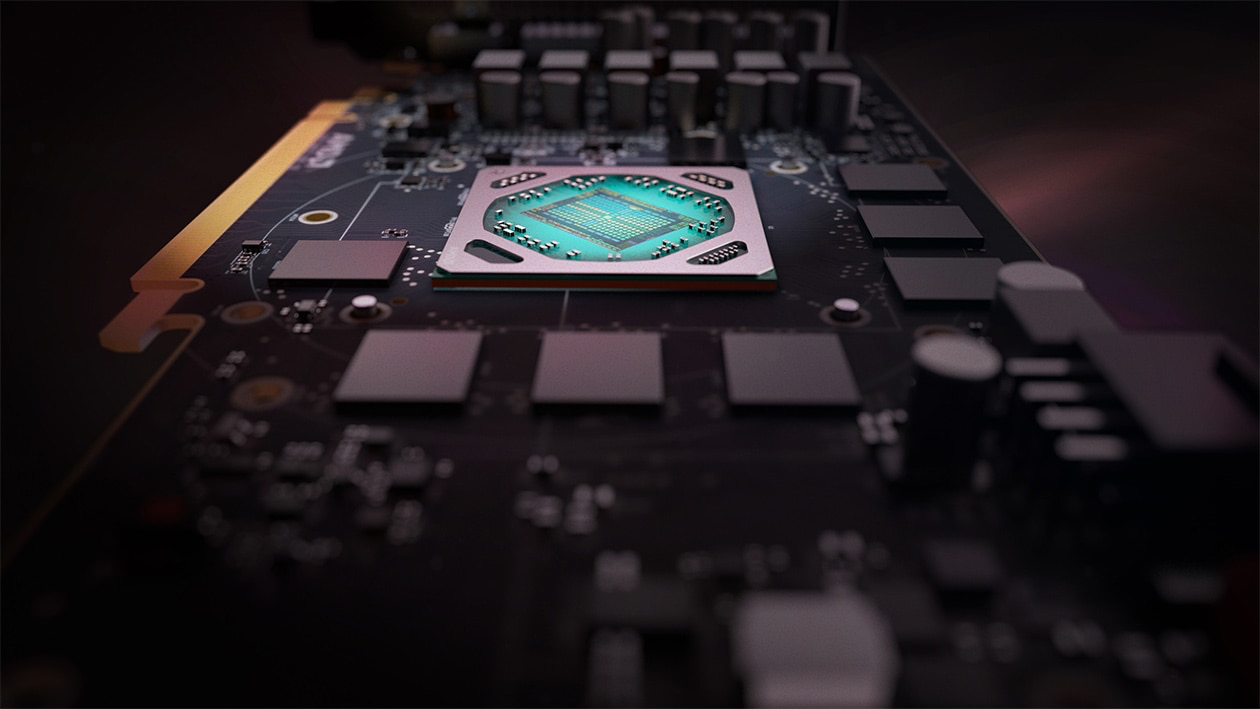Modern CPU and GPU architectures support numerous features to temporarily boost performance or reduce power consumption. Some of these capabilities are advertised, others are not. AMD’s RDNA2 GPUs appear to support the so-called Duty Cycle Scaling (DCS) , according to a Linux patch discovered by Phoronix. DCS can momentarily turn off graphics core when it is under a high load and then turn it back on in a bid to reduce power consumption and meet strict TDP requirements.
AMD’s Graphics Duty Cycle Scaling feature was designed for the ‘small power limit SKUs. DCS constantly monitors current, power, and temperature. When something exceeds the limit under a heavy workload, the graphics core can be temporarily shut down and then powered back on once the power and/or temperature envelopes are/is met. The on time and off time is determined by the firmware based on accumulated power credits.
DCS can turn off a graphics core for less than a millisecond. The patch says that there are two types of DCS. Async DCS that can shut down a graphics core based purely on thermals, current, and power. Meanwhile, frame-aligned DCS is designed to shut off a graphics core after it renders a frame, which obviously affects performance badly. The Async DCS is the only mode supported now, whereas the frame-aligned DCS, which is designed for fullscreen 3D and VR workloads, is not supported at the moment.
In addition to its Gfx Duty Cycle Scaling, AMD’s GPUs also support GFXOFF capability, which is used to shut down graphics cores when they are idling.
‘Small power limit SKUs’ are generally CPUs and GPUs for things like ultra-thin notebooks as well as various embedded applications. Meanwhile, based on information from AMD’s Linux patches, its DCS capability is currently supported by the codenamed Sienna Cichlid (Navi 21, Big Navi), Dimgrey Cavefish, and Navy Flounder GPUs (which are probably midrange and entry-level RDNA2 GPUs). Neither high-end nor midrange GPUs actually fall into ‘small power limit SKUs’ category, so DCS is not really a must have feature for these graphics processors. Meanwhile, if AMD or its partners decide to install one of these GPUs into a thermally constrained environment, DCS could ensure that the chips will not freeze or get damaged under high loads.
To work properly, DCS has to be supported by the GPU, its firmware, driver, and operating system. At present it is unknown whether it is something that actually works and is enabled for at least some graphics subsystems.
